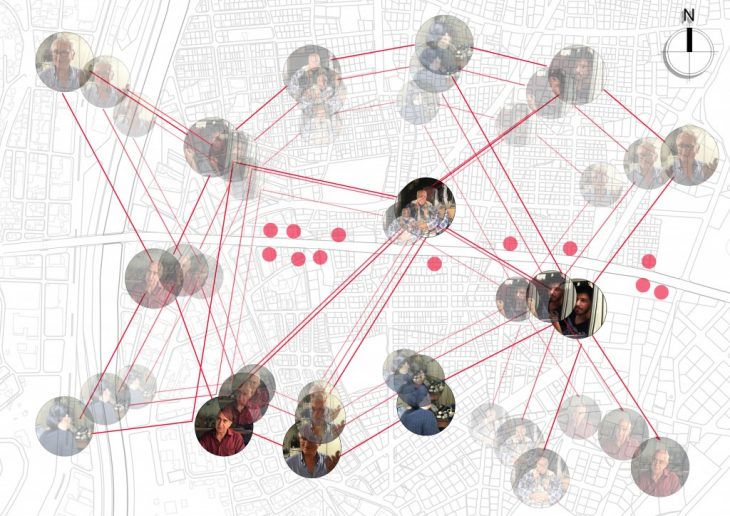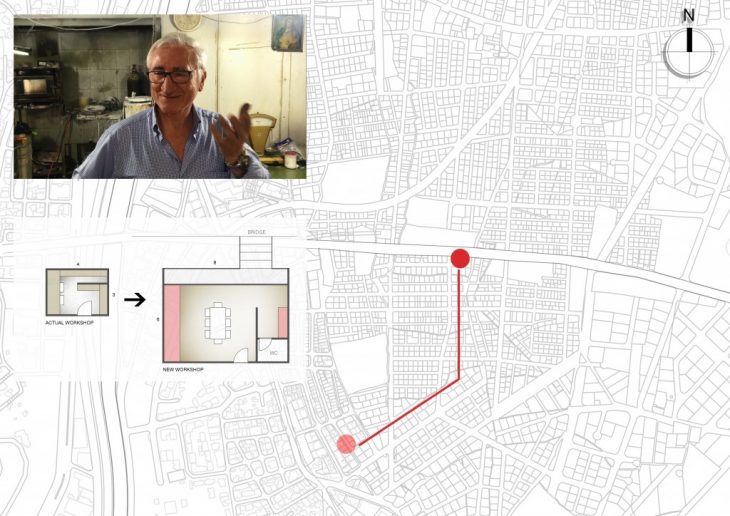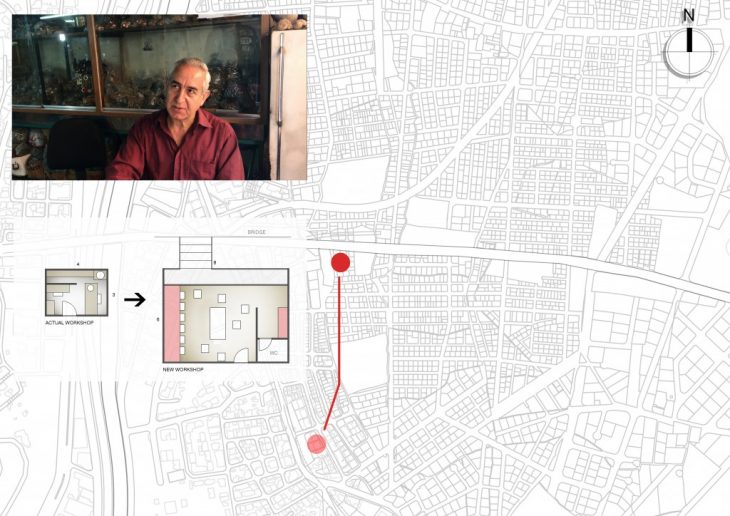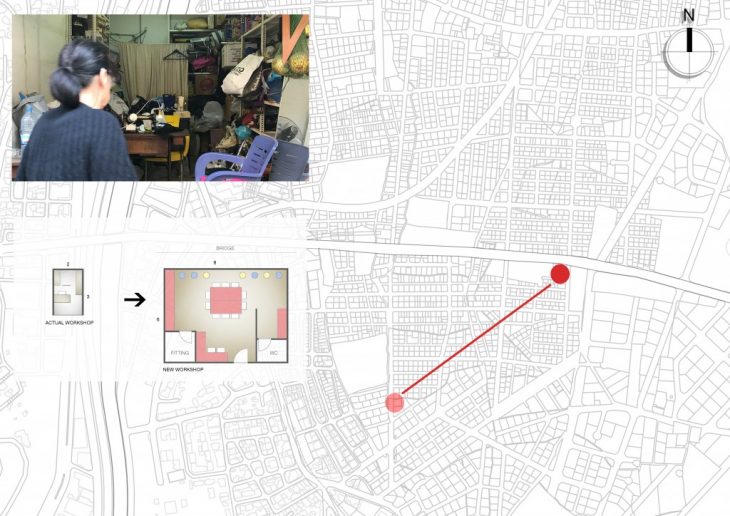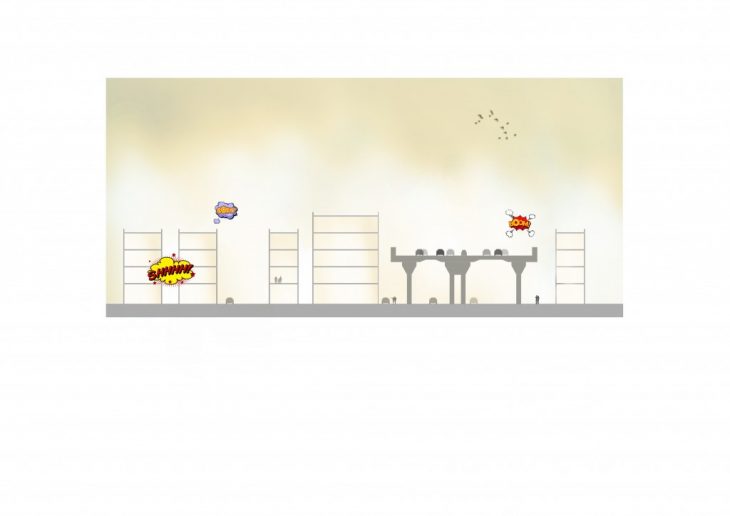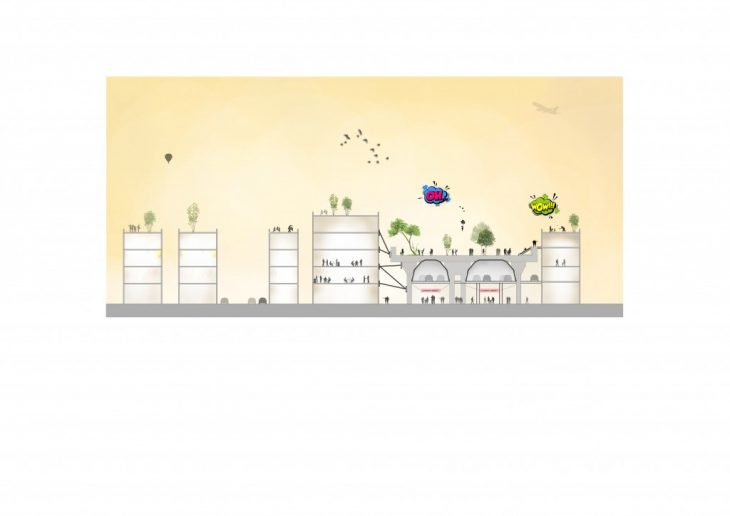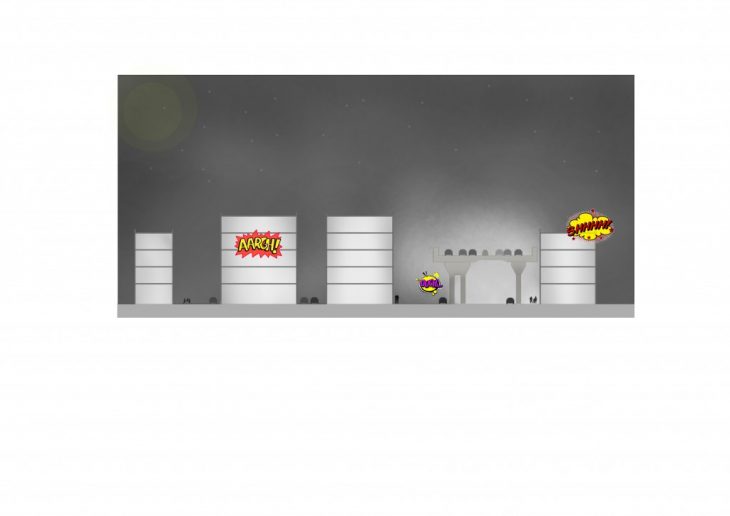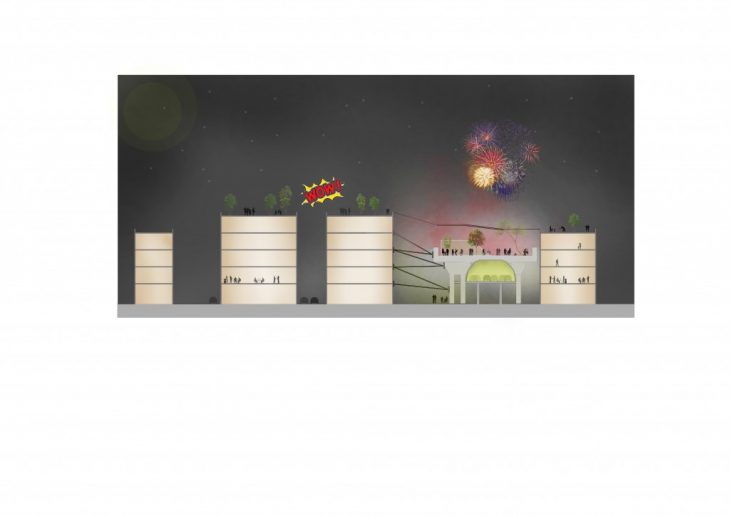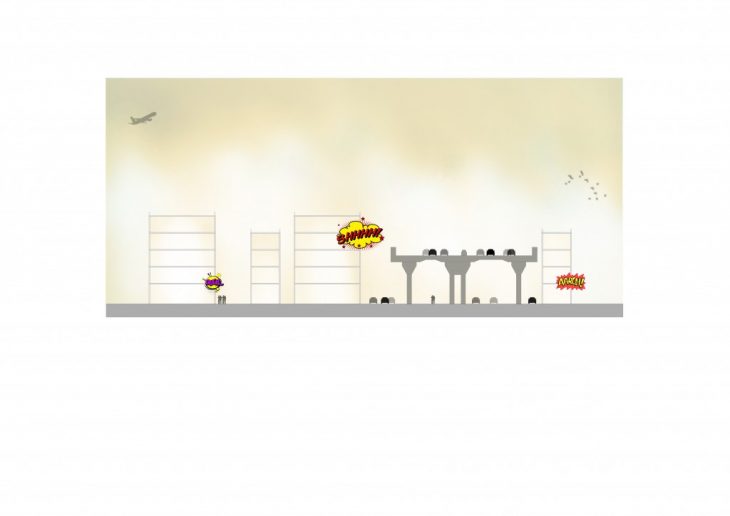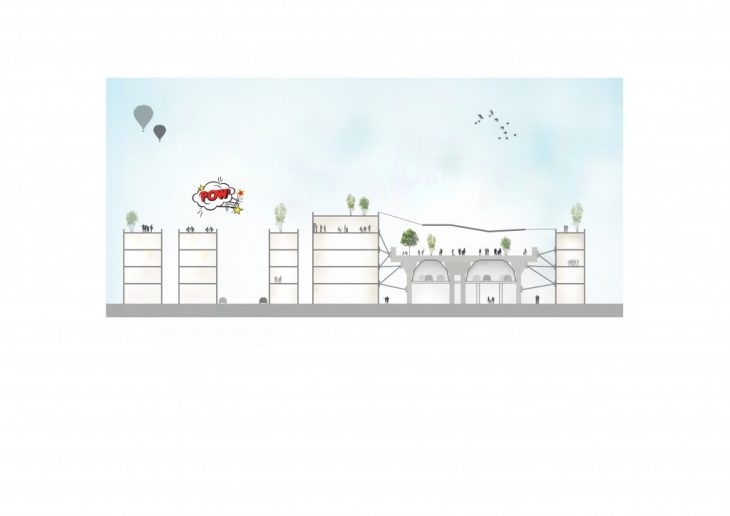It all started with a walk in the inner streets of Bourj Hammoud a year ago. While strolling in this city, I learned a lot about the history and struggle of this part of Lebanon, I talked to the people, took a lot of photos and videos in order to understand them better and analyze the area.
So I got even more interested once we had the launch of this educational project and I knew that I wanted to create something different in terms of education, which is creating a “school of life”.
So I based my study on vocational education which is an education and training that aims to equip people with knowledge, know-how, and skills required on the labor market since the people living in this area are mainly craftsmen working with jewelry, clothes, leather, handbags, shoes, handcrafts and souvenirs, food, spices, metal and wood.
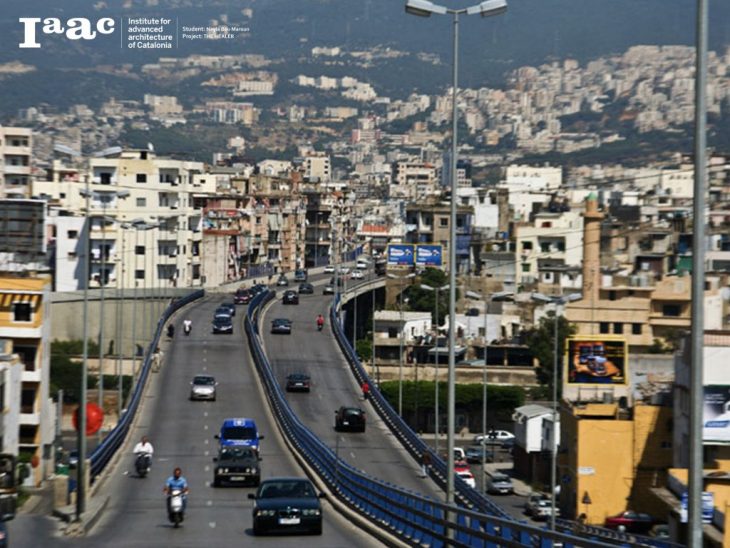
The story behind this city is that it is shaped by refugees. It all started in 1924 when Armenian refugees came and settled along the river. By 1930, they started building their houses, churches and neighborhoods. Later on, refugees from different nationalities started settling in and until nowadays Bourj Hammoud still welcomes refugees. As of today, it has a population of 150 000 people living in a space of 2.5 km2
And in just those 2.5 km2, in 2003, the municipality decided to build The Yerevan Bridge of approximately 1.8 km and it passes through the buildings to create a faster connection to tie both sides of the area. Therefore they had to destroy a big number of buildings.
The bridge has changed the urban environment dramatically, forcing residents to adapt to the concrete view, the lack of light, the absence of public spaces, the noise, and to more traffic and pollution.
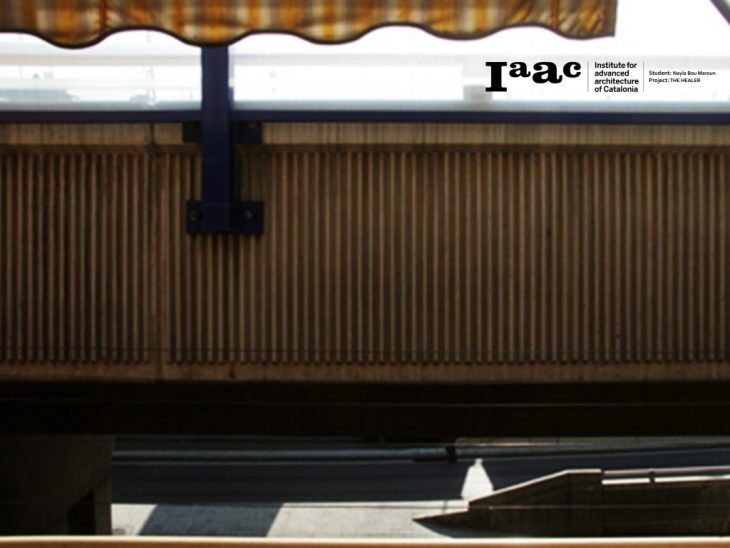
The idea is to use the existing problem as a solution, the main problem here is THE BRIDGE, that becomes now the spine of the sector in which I have to inject life, and just like acupuncture, once the spine is healed all the surrounding areas are healed.
That is why I created a step by step process.

This growing network leaves space for future interventions and connections in all parts of this area and not only the bridge and surrounding buildings.
So here are some before and after illustrations, where we can see all the elements I have mentioned. And where we can see that this neighborhood could be transformed from the worst to the best neighborhood in this area using existing architecture.
